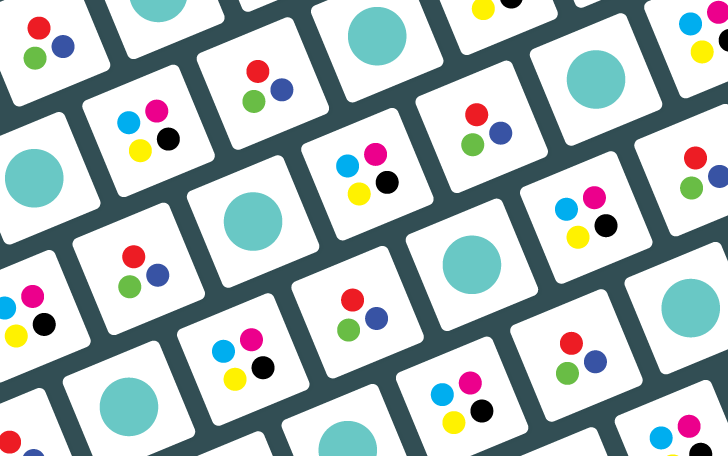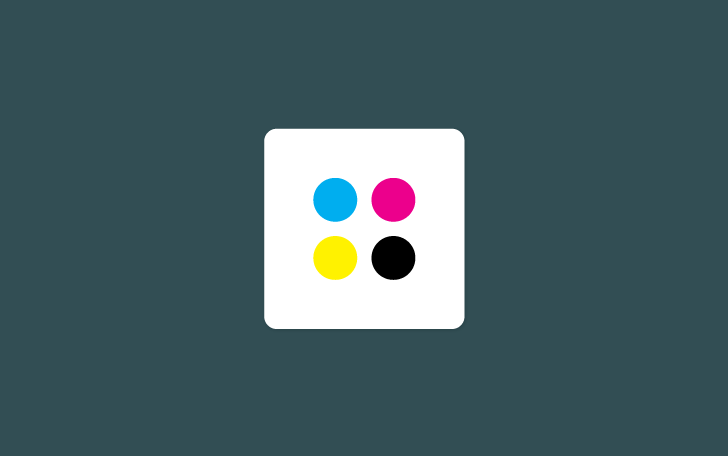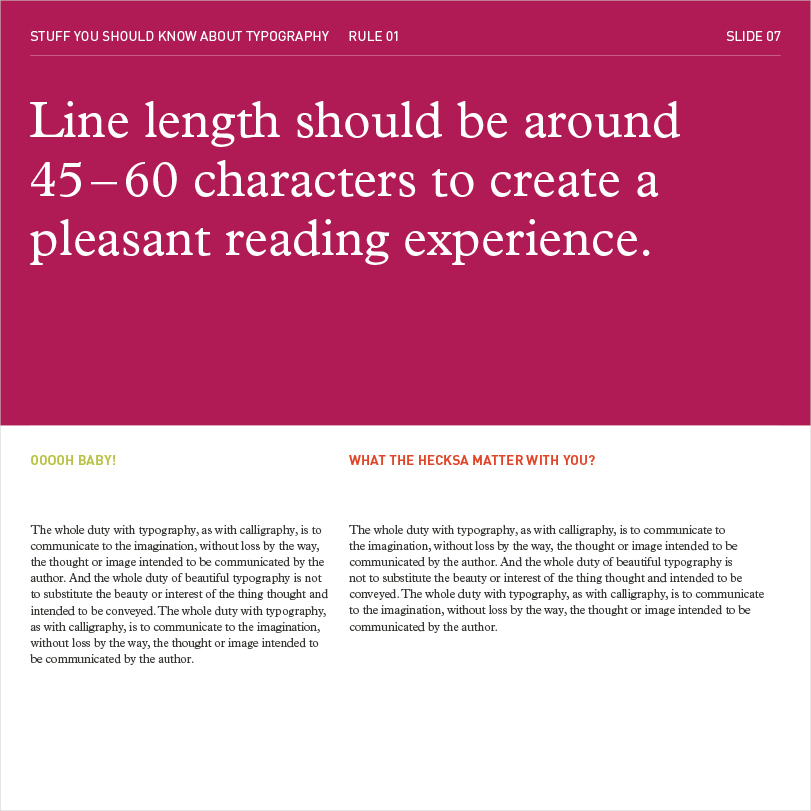Feedback. Ping. Pong.

At Randall Branding our design process is like a game of table tennis.
You review designs and ask for changes. Ping. We take your feedback, make improvements and send it back your way. Pong. This back and forth is part of the rhythm of life here at the agency.
We do our best to serve up (get it? serve?) great creative, but providing great feedback is just as important to a project’s success. Here are few examples of Supremely Triumphant Feedback and Not So Supremely Triumphant feedback.
Not So Supremely Triumphant Client Feedback
“I don’t know what it is, but the website just isn’t working for me”
“James and Ivan want to see the logo in blue. Britt’s favorite color is hot pink. Personally I think green looks best.”
“Let’s try a different photo on the cover of the brochure.”
 Supremely Triumphant Client Feedback
Supremely Triumphant Client Feedback
“We want the website to feel a little more professional.”
“After some internal discussion, we’d like to see the logo in blue — I think this would help visually differentiate us from our competitors.”
“Let’s try a different photo where the mother is younger — we want the brochure to resonate with 20–30 year olds as well.”
Here are a few tips:
1. Try to make feedback as actionable as possible. Spend time thinking about what specifically is in need of improvement.
2. Consolidate changes into one organized punch list. This is especially important if you have multiple folks reviewing a project.
3. Be thorough, and don’t pull any punches! We’re out to make the best work humanly possible, and your critical thinking is invaluable.
4. Be as prompt as your time and schedule allow. The sooner we hear back from you, the sooner we can provide you with a new and improved design.
Great feedback helps us be efficient with our time, and it keeps your project on schedule. It eliminates a project’s weaknesses and amplifies it’s strengths. It also makes us want to stand up on our desks and sing.
It’s a game of table tennis that everybody wins.






